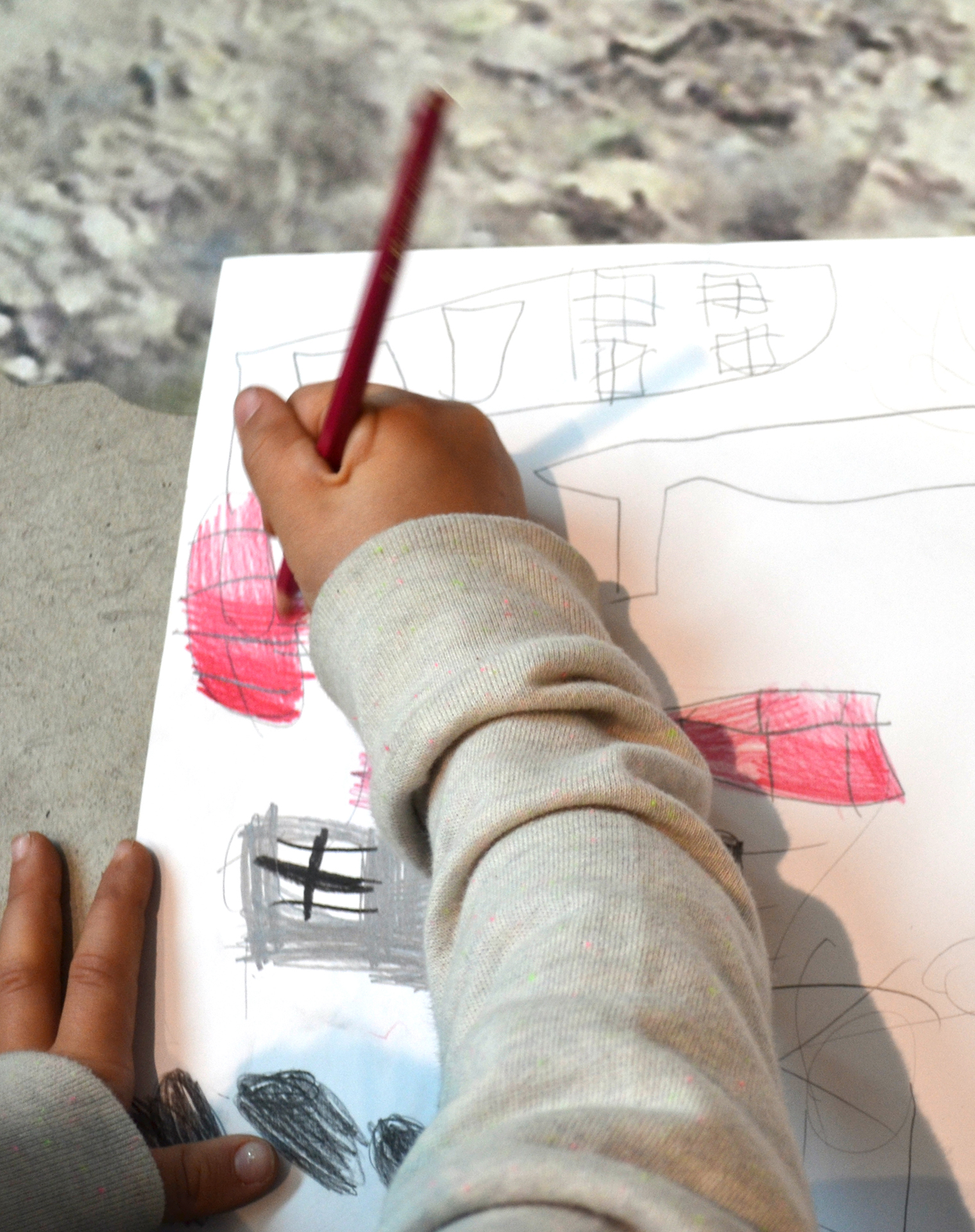La performance
Ignazio Mortellaro’s Hunter/Hunted expands the outcomes of the artist’s complex reflection on the relationships between nature, time, sacredness and the survival of the archaic and evolves from the work Primo Punto dell’Ariete (First Point of Aries), in a second stage of the journey that began among the Elymian vestiges of the Segesta Archaeological Park. Hunter/Hunted renews the dialogue with the landscape through the encounter of the Sicilian artist’s work with Villa Bordonaro, the historic protagonist, together with its ancient and shady park, of the eighteenth-century splendour of Palermo’s Piana dei Colli.
The performance will feature eight performers and two musicians.
The performers will be women and will wear sculpture-objects, specially made by the artist in brass castings: snakes knotted to their arms, fox bones around their necks, astragals and shells on their ankles as rattles. The performers’ hair will be gathered in braids coiled on the sides of their heads in the form of ram’s horns. The performers, maenads suspended between ritual dances and hunting scenes, will be armed with bows made of aluminium-cast antelope horns and spears.
Eight three-metre-high poles will be erected in the courtyard of the villa, echoing the geometric rhythm of the octagonal fountain that occupies its central part; a sort of thyrsus, surmounted by pine cones and enveloped by clusters of leaves.
The route of the maenads will thus follow a path defined by the octagonal shape of the pool of water: their movement will be set to a rhythmi by the sound that leads them. The two musicians Roots in Heaven and Gianni Gebbia have prepared a live act in which the primordial sounds of horns will join the electronic frequencies of synths and modular systems, projecting into a distant future.
The sound will be distributed in the courtyard, in the four corners, so as to ‘move’ together with the performers, while the courtyard will be invaded by a fog and eight braziers will light up the stage with their flames. A green laser blade will also cut through the space made dense by the fog, as if to define a horizon, placed higher than the people, so as to mark a boundary between the space of physical and mental freedom defined by the women’s ritual of community with nature (performed, not coincidentally, in close contact with the earth) and the rigid social and cultural space evoked by the eighteenth-century architecture.
Original music composition and sound production ROOTS IN HEAVEN & GIANNI GEBBIA
Performers:
Menadi: Sonia Di Francesco, Clelia Catalano, Maria Lo Meo, Martina Martire, Giada Geraci, Alessandra Anelli, Audrey
Satiri: Ignazio Mortellaro, Davide Salerno
L’opera “Primo Punto dell’Ariete”, 2022
acciaio Corten, ottone
L’equinozio di Primavera è anche noto come “Primo Punto dell’Ariete” perché, quando il celebre astronomo greco Ipparco definì la sua posizione, questo punto si trovava a sud della stella Mesarthim (γ Arietis). Il corno d’ariete e il corno d’antilope fusi in ottone in cera persa, si trasformano in strumenti musicali sacri e rituali.
Il loro suono è un inno al risveglio e alla rinascita – afferma Mortellaro – la corte della villa ritorna luogo dove si codificano i riti con cui si rivelano i cicli della natura. Si fa luogo aperto al paesaggio e al mondo. In un momento come questo in cui tendiamo a rinchiuderci in un individualismo esasperato, a non riconoscerci più parte di una comunità, avendo dimenticato, chiusi nelle nostre città sempre troppo distanti dalla campagna, che il territorio è grande, ci nutre come una alma mater.
Ho pensato ad un suono arcaico, che si perde nella notte dei tempi, che possiamo intuire in maniera fisica e profonda, il suono di un corno d’animale. Uno strumento rituale per richiamare la comunità e parlare anche con la natura facendo circolare la nostra aria dentro la parte di un animale e facendola infrangere contro la montagna che sovrasta la villa.
Un’alta ed esile struttura realizzata in acciaio Corten è la torre dalla quale vengono suonati i corni.
L’accesso alla sommità della torre è servito da un carro/scala, struttura appositamente disegnata come le antiche scale telescopiche utilizzate nelle chiese o nelle biblioteche. Uno strumento di lavoro funzionale ma anche un’icona, richiamando gli archetipi sacri del Carro Solare e della Scala.






















